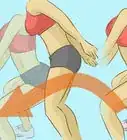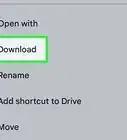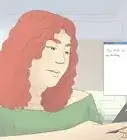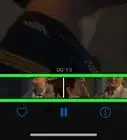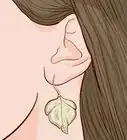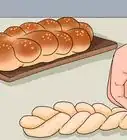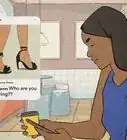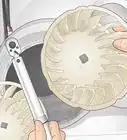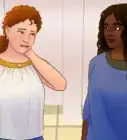This article was co-authored by Bridgette Borzillo. Bridgette Borzillo is an Artistic Director, Dance Instructor, and the Owner of CaZo Dance Theatre based in Mesa, Arizona. With more than 14 years of dance choreography and performance experience, she specializes in teaching ballroom dance, modern and contemporary dance, and aerial fitness. Through her kinesthetic dance company, Bridgette aims to tell impactful stories through a variety of dance styles. She holds a BFA in Dance Choreography from Arizona State University.
There are 11 references cited in this article, which can be found at the bottom of the page.
This article has been viewed 16,367 times.
Pop music beats can be a bit infectious. When a pop song you know comes on the loudspeaker, it is hard to fight the itch to shimmy and dance along to the tempo. The bouncy melodies can convince even novice dancers to bust a move on the dance floor. Sometimes, if you are just a beginner, that is exactly what you are doing—busting a dance move. With some basic tips on how to move your head, arms, and legs, you will be able to dance to pop music in no time.
Steps
Dancing Casually to Pop Music
-
1Clap your hands to the beat. Keep tempo with it as you clap your hands. This might not seem like a dance move at first, but it is a great starting point and building block for other dance moves. Clapping to the song will introduce the pace needed to dance to it.[1]
- If there is a funky rhythm to the song, clap it out fully or create your own tempo by selectively clapping to the more prominent notes.[2]
-
2Nod or bob your head in time with the music. Keep the muscles in your neck relaxed as you nod your head. Use soft movements over intense, jerky ones so you do not pull a muscle. This will make the movement look more natural.[3]
- Think about the emotion behind the movement and don’t be afraid to smile. As you get more comfortable with the song, try shifting your weight or swaying your body as you nod your head. Feel the tempo flow from your nodding chin and into the rest of your body.
Advertisement -
3Lift and lower your arms to add variety to your dancing. Raise both of your arms at the same time, or have fun with alternating the motions. This can be a quick pump of both your arms or something more slow and freeform. Relax the muscles in your shoulders to create a better flowing movement. Test this dance during swing-style pop songs that have a slow, bouncy beat.[4]
- Let the movement from your arms spread into the rest of your upper body. Use your chest and back muscles to twist or sway your upper torso, and tilt your head side-to-side as you move your arms.
-
4Tap your feet to begin using your lower torso to dance. You can do different types of dances with pop music, such as jazz, modern, contemporary, lyrical, and tap.[5] Loosen up stiff or uncoordinated legs by tapping your foot in time with the beat. Try using one foot to tap to the heavy base notes, and the other foot to tap to the softer tempos in the background. This increases your coordination with your feet.[6]
- Heavy base notes are the ones you feel pulsating in the air when the music is playing. They are the deeper, steady tones and are usually easiest to tap your foot to during songs.
- Soft tempos usually overlap or interject the base tones. These tempos are usually fasted paced and may be difficult to keep up with at first until you find a rhythm.
- Once you feel comfortable, change your foot tap to a stepping motion. Step in circles to the beat, or step forward and backward. Keep your hips and arms relaxed while doing this to get the rest of your body to sway with your stepping feet.
-
5Jump up and down for really intense or fast-paced tempos. Shake out any nerves and let your whole body jump in time with the beat. Keep your body relaxed, and don’t worry about looking silly. Not every song requires you to have fluid dancing motions. Some songs, especially those of the electric-pop genre, just want you to get up and jump around to the beat.[7]
- A good part of the song to jump to would be during the exploding chorus that occurs just after the slowed down bridge in the song. This is usually the part in the song that builds the most energy and would pair well with jumping.
- Avoid jumping around to songs that have a slower beat, as the motion may feel awkward and look clunky.
- Add a slight fist-pump as you jump to incorporate more motion from the rest of your body.
- You can try out a dance in a place that is welcoming and nonjudgmental.[8]
Playing with Simple Dance Steps
-
1Clap your hands and tap your foot for a simple dance combination. Bounce your arms and roll your shoulders as you clap your hands in front of your body. Now swing your hips a bit, and tap your foot to get your whole body dancing to the beat. Your movement does not have to be pronounced. Aim for a simple bouncy, sway to start out with, and then build your momentum as the song builds and you gain confidence.[9]
- If it helps, close your eyes to focus on the beat of the music, and move your body accordingly.
-
2Master the Two-Step by stepping side-to-side. Apply this simple dance move to just about any rhythm or beat—fast or slow. Begin by stepping to the right with your right foot, and then stepping to the right with your left foot. Reverse the process, by stepping to the left with your left foot, and then stepping to the left with your right foot.[10]
- Keep your step movement in time with the beat or rhythm of the song. Try this out on a pop song that has a slow beat first, and then progress to pop songs with faster beats.
- As you continue to do the Two-Step, bend your elbows and swing your arms to get more of your body involved in the movement.[11]
- Evolve the Two-Step into a Snap Roll by bouncing your shoulders and snapping your fingers in time with your stepping.[12]
-
3Learn the Shoulder Lean by leaning your shoulders to the left and right. Have your arms bent and slightly raised while doing this, or keep them down at your sides. As you get more comfortable moving your shoulders, sway your hips or the rest of your body to match the movement.[13]
- Instead of swaying your hips, you can also rock or shift your weight between your feet. This will give the illusion of swaying your body without having to have the flexibility or coordination to sway your hips.[14]
-
4Show off your flexibility by doing a Body Roll. Start off slow, by rocking your chest, stomach, and hips forward in a slight circular or wave motion. Raise your arms so they are bent by your head to keep you balanced. If it helps, pretend you are hula-hooping, as the motion is very similar.[15]
- As you get better doing the Body Roll, incorporate your arms more by snapping your fingers to the beat.
Learning a Dance Routine
-
1Find an online video of a dance routine that you will enjoy learning. Start with classic or simple dance routines, and work up to the more complicated ones. It is important not to be overambitious when learning your first dance routine. As you conduct your search online, pick a routine that excites you to learn, but also one that you can learn realistically.
- Specifically look at popular dance routines that flash mobs do. Since flash mobs involve a large group of people, these routines are usually simple to learn and have a fun rhythm. For example, look up dance routines for “Thriller,” “Electric Slide,” and “Gangnam Style.” Then when you get more comfortable, take a look at the routines for “Crank That,” “Single Ladies,” or the latest K-Pop song.[16]
- Get your friends involved in learning the routine, too. This might take off some of the pressure of learning the dance routine and will be a great bonding experience. For example, you can learn the basics of merengue with a partner.[17]
-
2Watch the dance routine in full to get an idea of how to do it. Study the way some of the dancers move or the nuances each of the dancers have while doing the same movement. Noticing these differences may give you alternative ways to accomplish a dance movement.[18]
- Watch the video as many times as you need to feel comfortable with it before you begin doing the movements. This will help you to better anticipate different dance movements while learning the routine.
-
3Focus on 1 section of the dance routine to make it easier to learn. Start by counting off the first 8 beats in the song. Each one of these beats will be timed with a different dance movement for you to learn. This is called an “8-count,” and many professional dancers will use this technique to learn a new routine or dance move.[19]
- Don’t worry about sectioning off the rest of the routine just yet. Learn the movements for the first section before moving onto the next section.
-
4Practice 1 section of the routine without the music or video playing. Think about the movements in your head, and slowly act them out. Pay attention to the way your body moves, and if it helps, practice in front of a full-length mirror or record yourself dancing to see exactly what you are doing. Pick up the pace as you get more comfortable with dancing to that section of the routine.[20]
- Count out the steps or talk yourself through the section of the routine. Sometimes, saying aloud what you need to do will help your body execute the movements.
-
5Dance to that same section with the music or video playing. Don’t get nervous when the music or video starts playing. Think about the order of the steps, feel the music, and execute the movements. Practice increasing your pace until you can keep time with the music or the video of the routine.[21]
- Repeat this process until you have practiced each section without and with the music.
-
6Practice the sections altogether to learn the full routine. Start by dancing to the first 2 sections together with the music. Then continue adding 1 section at a time, like building blocks, until you can comfortably dance the entire routine. This process might seem tedious or repetitive, but it will help commit the movements to memory as you incorporate more sections of the routine.[22]
-
7Keep practicing until the movements become muscle memory. Work on parts of the routine you aren’t fully comfortable with or concentrate on nailing a particular dance move. Dancing, whether as a single dance move or as a full routine, takes practice. Over time, you will notice improvements to your dancing abilities, and you may just set out to create your own dance routine from scratch.[23]
- Continue challenging yourself with new or more complex dance routines to improve your dancing skills.
References
- ↑ https://www.thoughtco.com/how-to-hear-the-beat-of-music-1007098
- ↑ https://www.thoughtco.com/learn-to-dance-1007102
- ↑ https://www.refinery29.com/easy-dance-moves-beginners-guide#slide-4
- ↑ https://www.thoughtco.com/learn-to-dance-1007102
- ↑ Bridgette Borzillo. Dance Instructor & Artistic Director. Expert Interview. 10 September 2021.
- ↑ https://www.thoughtco.com/learn-to-dance-1007102
- ↑ https://www.thoughtco.com/learn-to-dance-1007102
- ↑ Bridgette Borzillo. Dance Instructor & Artistic Director. Expert Interview. 10 September 2021.
- ↑ https://www.thoughtco.com/learn-to-dance-1007102
- ↑ https://www.refinery29.com/easy-dance-moves-beginners-guide#slide-1
- ↑ https://www.refinery29.com/easy-dance-moves-beginners-guide#slide-1
- ↑ https://www.refinery29.com/easy-dance-moves-beginners-guide#slide-5
- ↑ https://www.refinery29.com/easy-dance-moves-beginners-guide#slide-7
- ↑ https://www.thoughtco.com/learn-to-dance-1007102
- ↑ https://www.refinery29.com/easy-dance-moves-beginners-guide#slide-3
- ↑ https://ontheaside.com/music/10-songs-that-have-their-own-dance-moves/
- ↑ Bridgette Borzillo. Dance Instructor & Artistic Director. Expert Interview. 10 September 2021.
- ↑ https://www.dancecompreview.com/7-tips-learning-choreography-quickly/
- ↑ https://www.thoughtco.com/how-to-hear-the-beat-of-music-1007098
- ↑ https://www.dancecompreview.com/7-tips-learning-choreography-quickly/
- ↑ https://www.dancecompreview.com/7-tips-learning-choreography-quickly/
- ↑ https://www.dancecompreview.com/7-tips-learning-choreography-quickly/
- ↑ https://www.refinery29.com/easy-dance-moves-beginners-guide
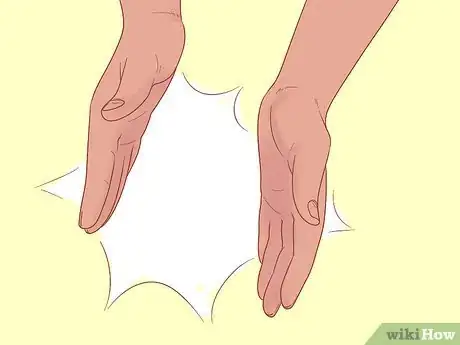
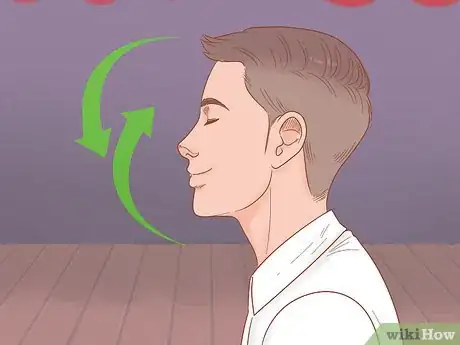
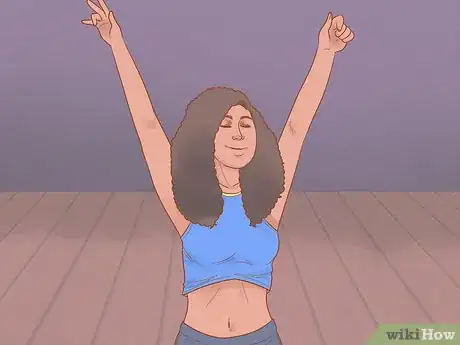
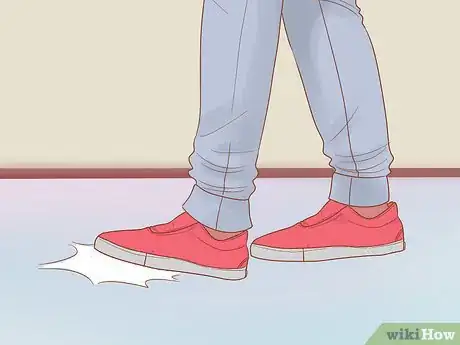

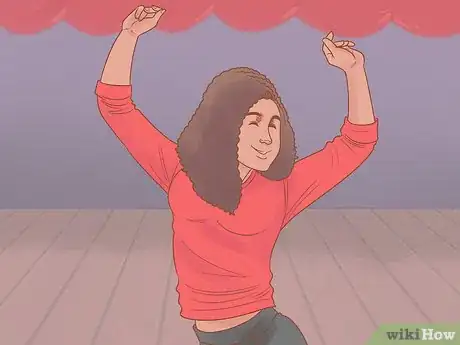

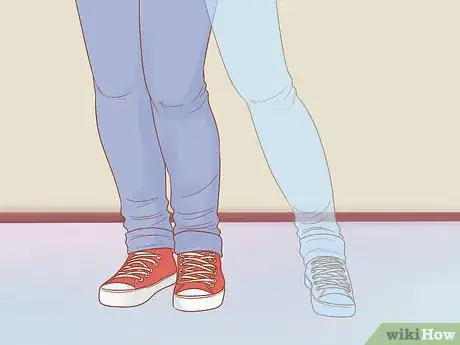
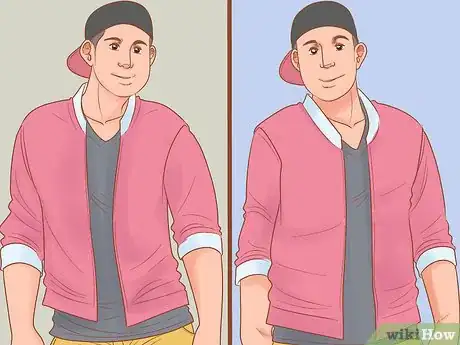
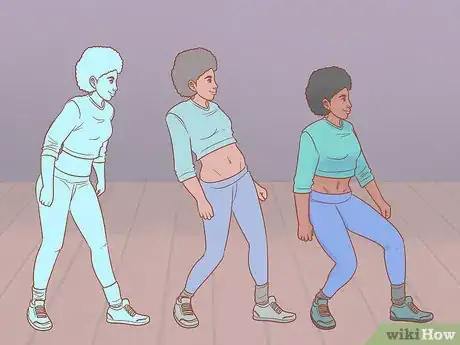
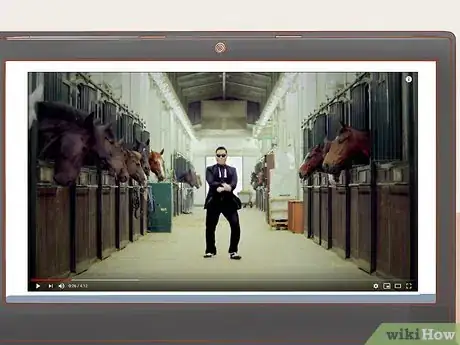
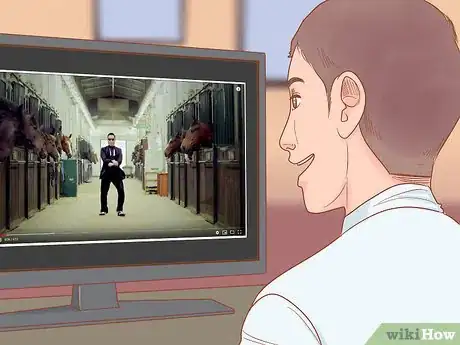
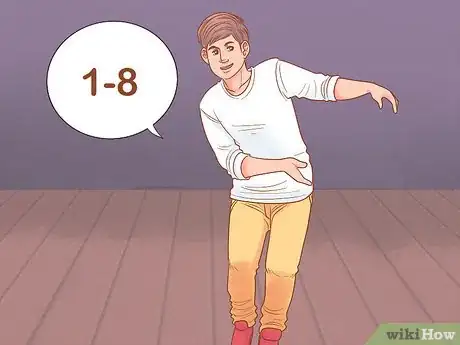
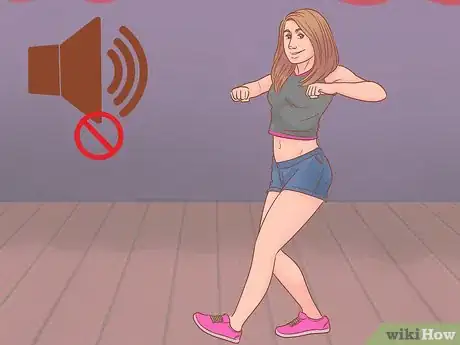
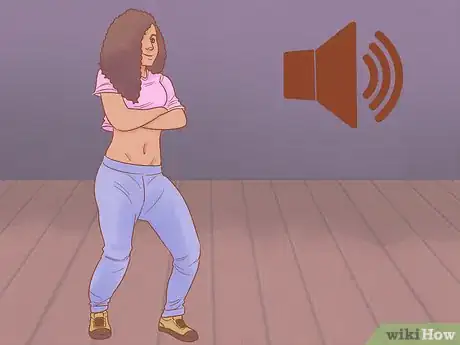

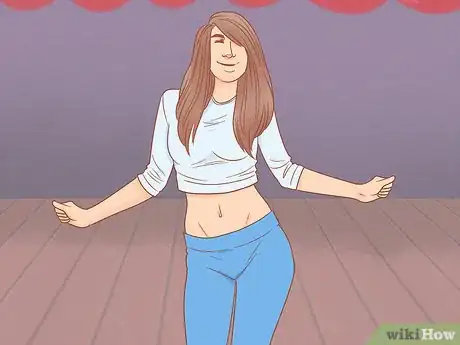
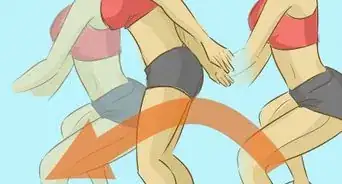



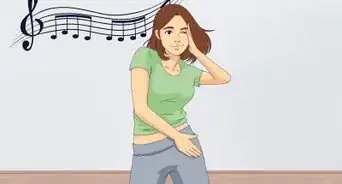
-Step-19-Version-2.webp)







